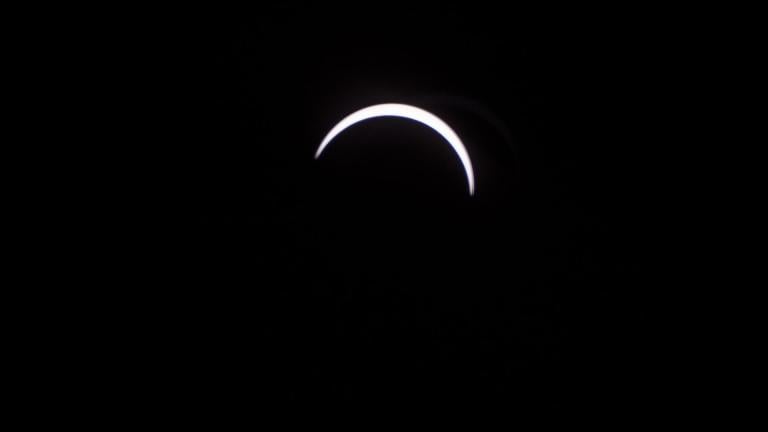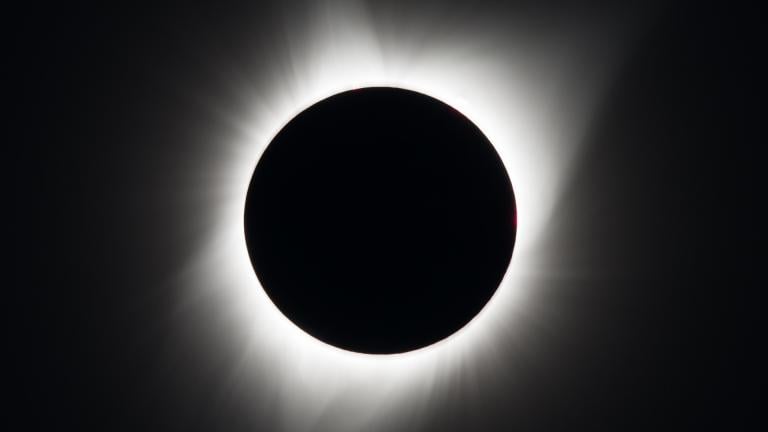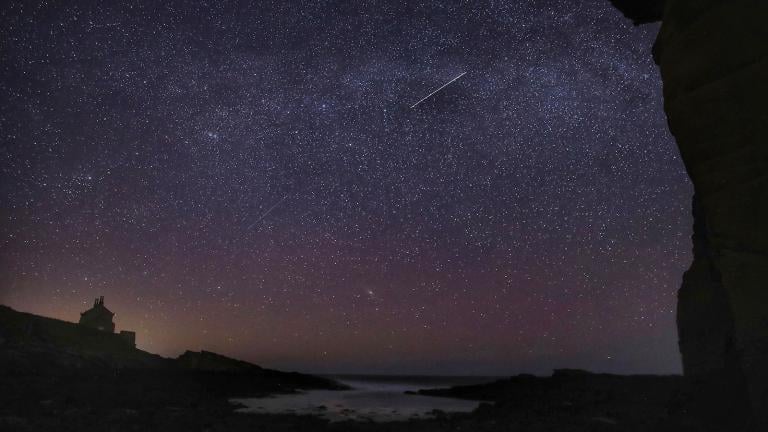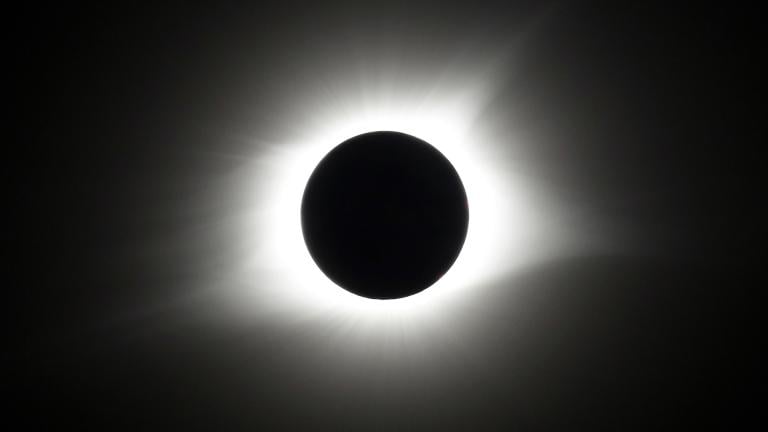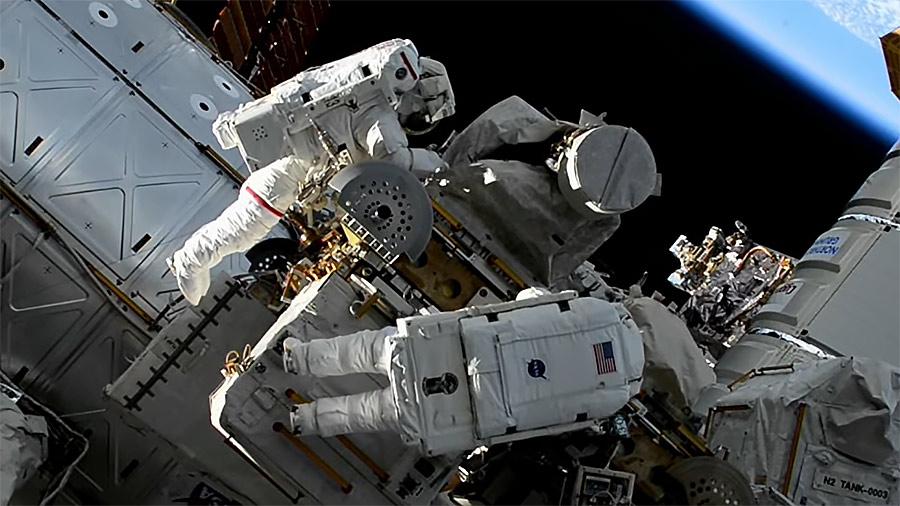 Astronauts Jasmin Moghbeli and Loral O’Hara spent hours on a spacewalk outside the International Space Station, successfully replacing hardware on the station’s solar array. (Courtesy of NASA)
Astronauts Jasmin Moghbeli and Loral O’Hara spent hours on a spacewalk outside the International Space Station, successfully replacing hardware on the station’s solar array. (Courtesy of NASA)
During their first-ever spacewalk — and only the fourth in history by an all-female team — astronauts Jasmin Moghbeli and Loral O’Hara spent hours outside the International Space Station, successfully replacing hardware on the station’s solar array, which generates the energy needed to power the craft.
.@NASA_Astronauts Jasmin Moghbeli and Loral O’Hara completed their first spacewalk together on Wednesday, Nov. 1. The duo replaced hardware that allows the solar arrays to track the sun and generate electricity to power the station. More... https://t.co/2sLsCPqaiI pic.twitter.com/gRSJHGeIxz
— International Space Station (@Space_Station) November 4, 2023
But all anybody wants to talk about is this:
Last seen by @Astro_Satoshi while floating over Mount Fuji the 'Orbital Police' can confirm that the lost EVA gear is being tracked https://t.co/wz4MITmAfM pic.twitter.com/eksfu9fPFw
— Dr Meganne Christian (@astro_meganne) November 5, 2023
“During the activity, one tool bag was inadvertently lost,” NASA reported in its recap of the spacewalk.
By lost, the space agency meant the bag somehow became untethered and is now orbiting Earth.
Cue the jokes about never being able to find the right socket wrench or Phillips screwdriver. But all kidding aside, Mission Control analyzed the bag’s trajectory — because space junk is deadly serious if it careens into a person or the space station — and “determined that risk of recontacting the station is low and that the onboard crew and space station are safe with no action required,” NASA said.
Japanese astronaut Satoshi Furakawa actually snapped a photo of the bag, from the space station, as the gear’s flight path took it over Mt. Fuji.
Picture taken #fromspace onboard the @Space_Station by @JAXA_jp astronaut @Astro_Satoshi
EVA #89 lost tool bag
cc @AstroJaws @lunarloral @AstroAnnimal#Expedition70 #ISS pic.twitter.com/LSMXL3aQ44— Riccardo Rossi - IU4APB - @AstronautiCAST co-host (@RikyUnreal) November 7, 2023
The bag is expected to eventually fall back to Earth and burn up in the atmosphere. Until then, it’s being tracked like any other artificial object in orbit, with the official designation of 58229 / 1998–067WC.
Though it’s not visible to the naked eye, the bag can be seen with binoculars. Finding it might sound like a fool’s errand, looking for the proverbial needle in a haystack — on steroids — but the toolkit is conveniently traveling just two to four minutes ahead of the space station’s orbit. If you can calculate when the space station is going to pass overhead, and NASA has a website and app that do just that, the search field just went from impossible to doable.
While you’ve got your eyes trained on the night sky, be sure to admire the rest of the view. The non-artificial objects are pretty spectacular, too, with Jupiter outshining them all, blazing bright in the east after sunset.
Contact Patty Wetli: @pattywetli | (773) 509-5623 | [email protected]

